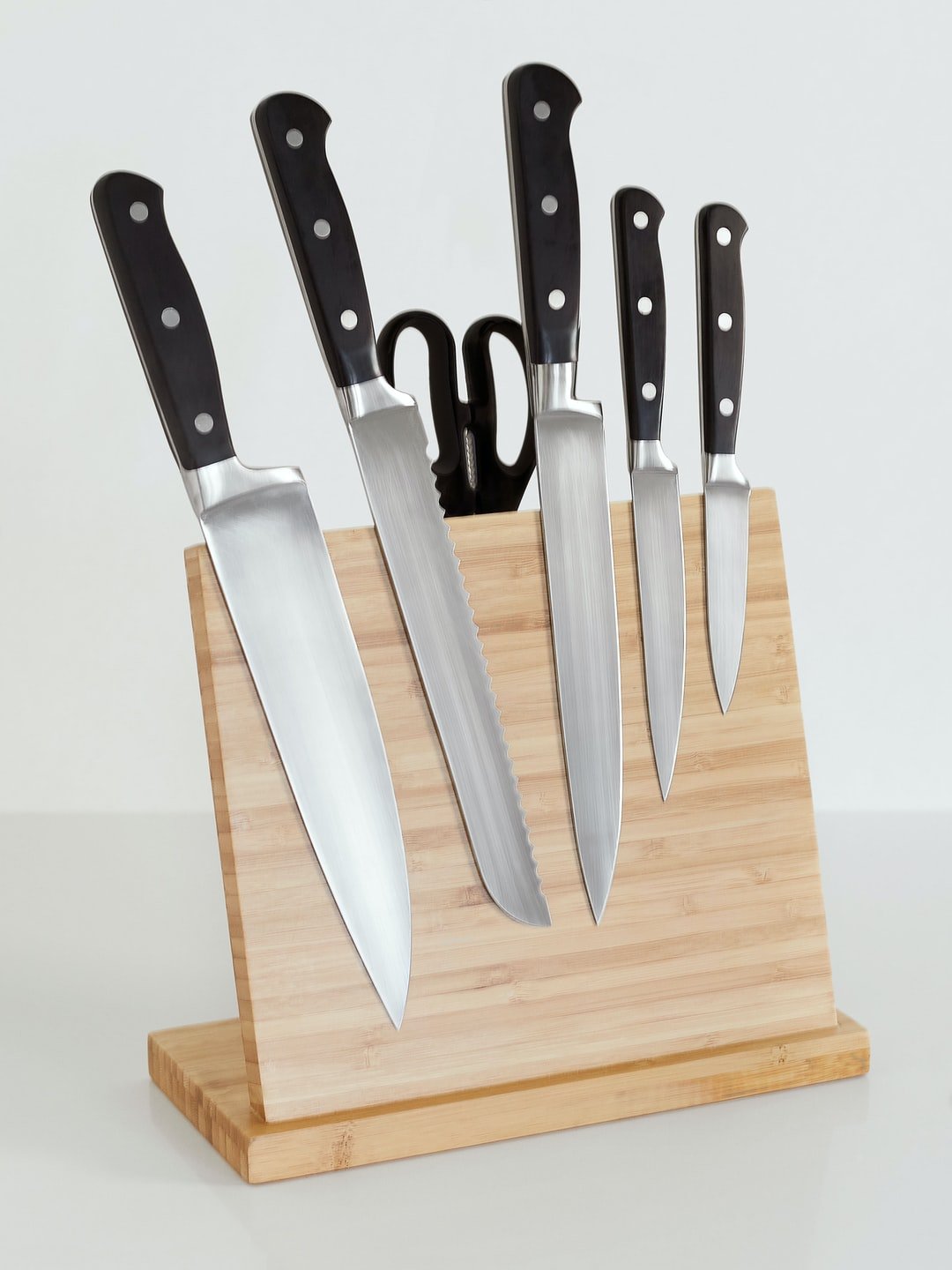Japanese Knives - What Are They?

A Japanese kitchen blade is an important piece of equipment utilized for cooking food. These blades are available in a selection of kinds as well as are normally used typical Japanese blue-flame blacksmithing methods. They may be constructed from stainless-steel, or various other kind of excellent quality steel, such as hagane, that is the same sort of steel used to generate Japanese swords. Click here for more info about the top rated Japanese knife .
The deals with of the knife are normally hollow in order to hold the thin blade. One distinction between the Japanese knives and the European knives is that the Japanese knife has a bolster, likewise called a box knife. This strengthen lies between the blade and also the take care of. With making use of oil as well as a procedure called tempering, the boost can be offered a state of slight firmness, from a boring gray to a pinkish brown, and after that ultimately back to its initial shade. The bolster of the European blades is not necessary, although it does make the blade a bit more flexible as well as easier to develop. The manage of the Japanese blade and the European blade is symmetrical, but the manage of the Japanese knife has an unique curvature to it.
The blades of these Japanese blades are typically constructed from wood from cherry trees. Most of the moment, these blades are crafted with a solitary material, such as oak or kuma-zasa, yet some makers of the Japanese blades will certainly craft each knife with various kinds of wood. There are numerous unique sorts of wood that can be utilized, consisting of, but not restricted to, wenge, alder, maple, blackwood, alder, and birch. Since the creation of the Japanese blades, there have been debates regarding the proper method to hold a chef knife in Japan. While some individuals favor the traditional technique of placing the knife's thumb on the spine of the blade, other chefs feel that this triggers excessive pressure on the fingertips, creating the blade to shed its intensity. While there is no right or wrong way to hold a Japanese flatware, it is best to recognize the correct method before starting to discover exactly how to prepare Japanese cuisine.
Due to the vast variety of knives available in the marketplace today, there are different means to sharpen the blades, as well as the most effective method to learn more about the correct way to hold a specific type of blade is to obtain a good publication on Japanese flatware. One of one of the most typical features of the Japanese blades is that they often tend to have a level reducing edge, called a "Yamaha," that is contrary the much more rounded "heddar" edge of most western blades. The flat edge allows the knife to quicker and also effectively cut via food. Discover more about the high quality jap knives now.
The factor for this is that the flat side of the Japanese knife, called a "Yamaha," has the ability to make sharp incisions in challenging, thick food. Due to this attribute, numerous Japanese chefs make use of a single knife for chopping, breading, and also for various other prep work jobs, while using 2 or even more knives is usually reserved for particular recipes. To effectively hone Japanese blades, it is necessary to use just professional-grade devices. The majority of manufacturers of Japanese knives make use of traditional Japanese tools such as rice red wine, vinegar, and salt in the creation of their products, so you will not locate them making use of standard commercial sharpeners.
Instead, these Japanese knives are developed using unique devices called "ashi." A specific form called "ashi," which is additionally in some cases described as "ashi wheel," is made use of to execute the real honing procedure. The precise process by which these special devices sharpen the blades of Japanese knives is frequently shrouded in secret, but one point is specific: whatever method is used, the outcome is regularly excellent. Read more about table knife here: https://en.wikipedia.org/wiki/Table_knife.
